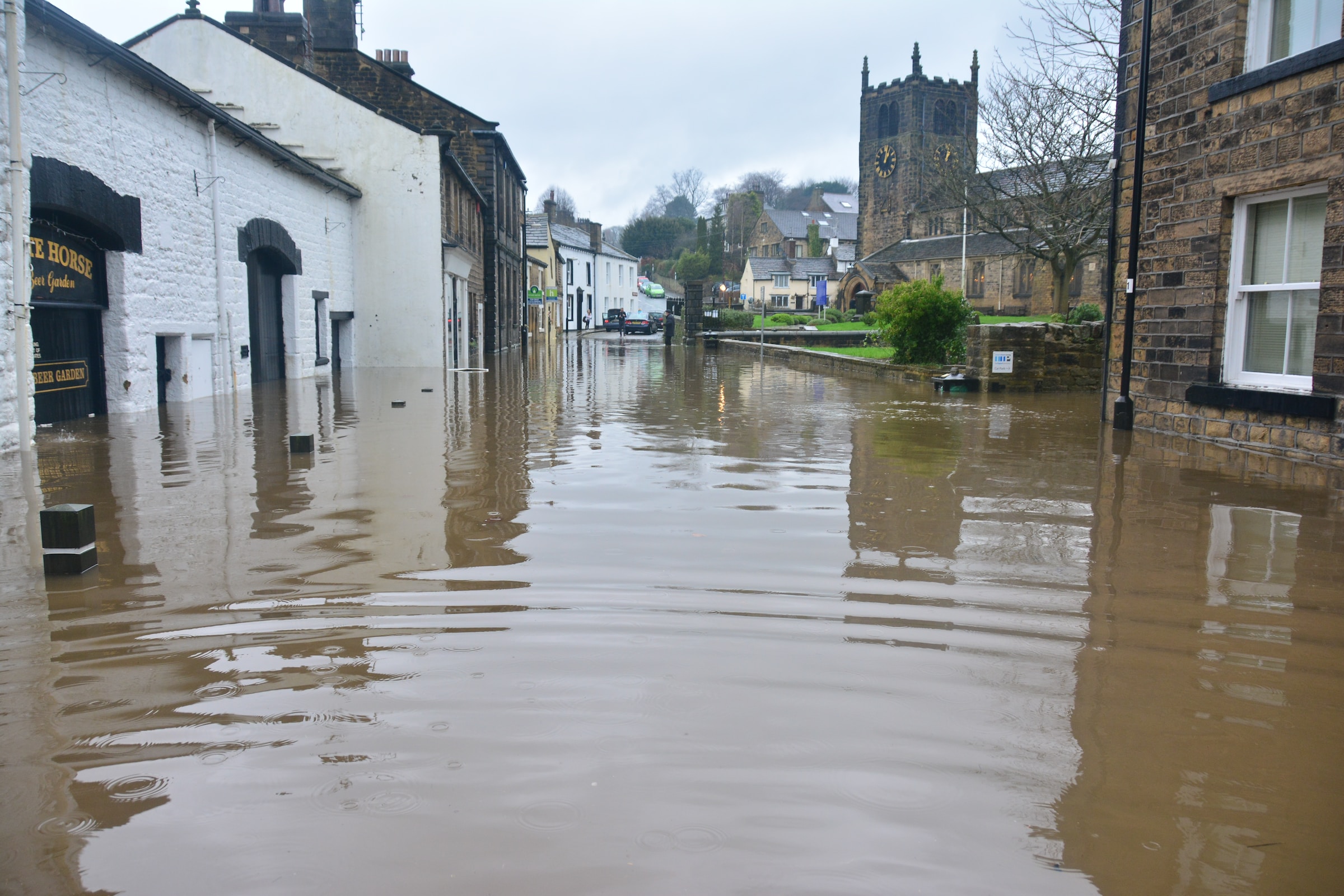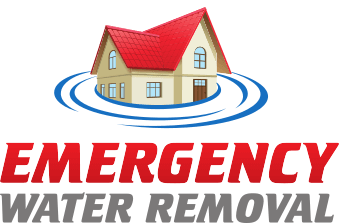
When it comes to water removal in buildings and condominiums, the following steps are typically involved:
Identification and Assessment: The first step is to identify the source of water and assess the extent of the damage. This could be a burst pipe, leaking roof, plumbing issue, or flooding from external sources. Prompt identification helps determine the appropriate measures for water removal.
Safety Precautions: Before beginning any water removal efforts, it’s crucial to ensure the safety of occupants and workers. Identify potential electrical hazards and shut off power in affected areas if necessary. Use appropriate personal protective equipment (PPE) such as gloves, boots, and masks to protect against contaminants present in the water.
Water Extraction: The next step is to remove standing water from the affected areas. This can be done using various equipment such as pumps, wet/dry vacuums, or specialized water extraction systems. The goal is to extract as much water as possible to minimize further damage and prevent mold growth.
Moisture Assessment and Monitoring: Once the visible water is removed, it’s important to assess the moisture levels in the building materials and monitor them over time. Moisture meters and sensors can be used to measure the moisture content in walls, floors, and other affected surfaces. This step helps determine the effectiveness of the water removal process and ensures that all areas are properly dried.
Structural Drying: After water extraction, the affected areas need to be dried thoroughly. This may involve using industrial air movers and dehumidifiers to circulate air and remove moisture from the air and surfaces. Drying equipment is strategically placed to optimize airflow and accelerate the drying process. It’s essential to continue monitoring moisture levels until they are within acceptable ranges.
Removal of Damaged Materials: In cases where building materials such as drywall, insulation, or flooring have been extensively damaged by water, they may need to be removed and replaced. This step helps prevent the growth of mold, which can pose health risks and further damage the structure.
Cleaning and Disinfection: After the affected areas are thoroughly dried and damaged materials are removed, cleaning and disinfection should be performed. This helps eliminate any remaining contaminants and ensures a safe and healthy environment. Use appropriate disinfectants recommended for water damage restoration.
Restoration and Repairs: Once the affected areas are clean and dry, the process of restoring the building or condominium can begin. This may involve repairing or replacing damaged structures, repainting walls, replacing flooring, and restoring any affected systems such as electrical, plumbing, or HVAC.
It’s worth noting that water removal and restoration processes can vary depending on the severity of the water damage and the specific requirements of the building or condominium. In complex situations, it is often advisable to seek professional assistance from water damage restoration specialists who have the expertise and equipment to handle the process effectively
